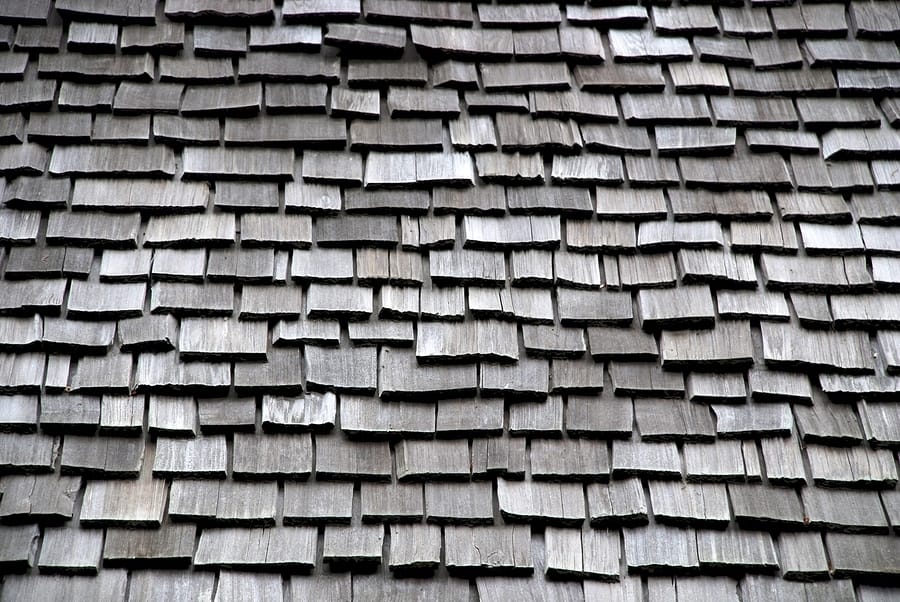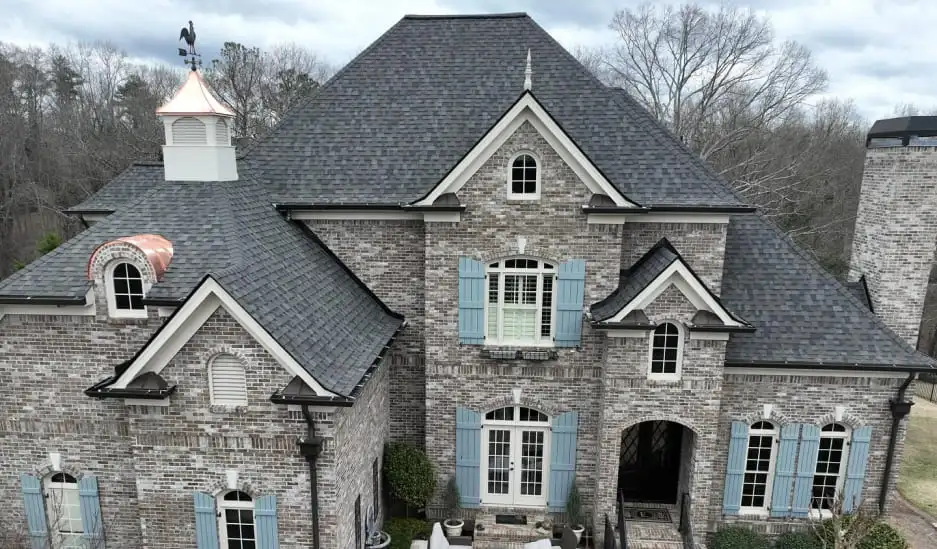
The condition a home’s roof is in is crucial. Whether you are house-shopping in Alpharetta or hoping to maintain your property investment for the long term, it’s important to ensure that your roof stays in tip-top shape. If you notice warping or any other irregularities in the structure, be prepared to fix the problem or factor that cost into the home’s purchase price. In addition, if you have problems with your roof—like warping— use the following to identify and alleviate issues:
Defining Terms and Causes
Roofing is described as “warped” when there is visible sagging in parts of the structure. You may notice an unevenness in the shingles, blistering sections of the roof, or parts that seem to curl up from the ends. The causes of these distortions are various, but can often be traced to the technique used during installation. Common causes include:
- Uneven Rafter Levels: If a roofer installs a roof deck without ensuring the rafters are even, warping often occurs. Poor spacing between roof deck panels can also lead to the same problem.
- Underlayment Issues: Underlayment must be dry and flat for roofing to stay in place. Otherwise, wrinkling of the materials can create a warping effect.
- Poor Ventilation: Without proper ventilation, moisture will accumulate in a home’s attic, where it will reach your roof deck and distort the materials underneath the roofing.
- Water Damage: Plywood in a roof deck creates a warped effect when holes in the exterior allow water inside your home. Poor installation may also create movement in the plywood.
- Multiple Shingle Layers. InterNACHI describes some of the effects multiple layers of roofing can have on a home. These include weaknesses in the overall structure. In addition, having several layers of shingles creates ventilation problems as well as structural issues.
Solutions for Warped Roofing
While a poorly installed roof can plague a home for years, professionals may be able to take care of the problem without doing a full replacement. Through a diagnosis (i.e., roof analysis), contractors can determine whether local repair is possible. In some cases, the removal of sections and installation of new shims and chips can fix most of the trouble. Warping caused by water damage is typically more problematic. This may require a costly solution.
Either way, damaged roofs do not go away on their own, as they threaten a home’s stability from the top down. Contact a professional to diagnose and correct any warped sections of your home’s roof as soon as you notice the issue.



